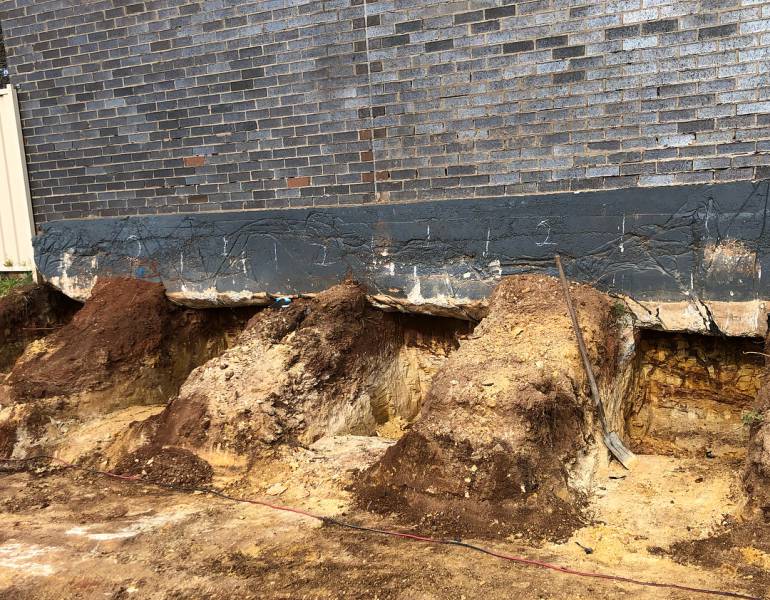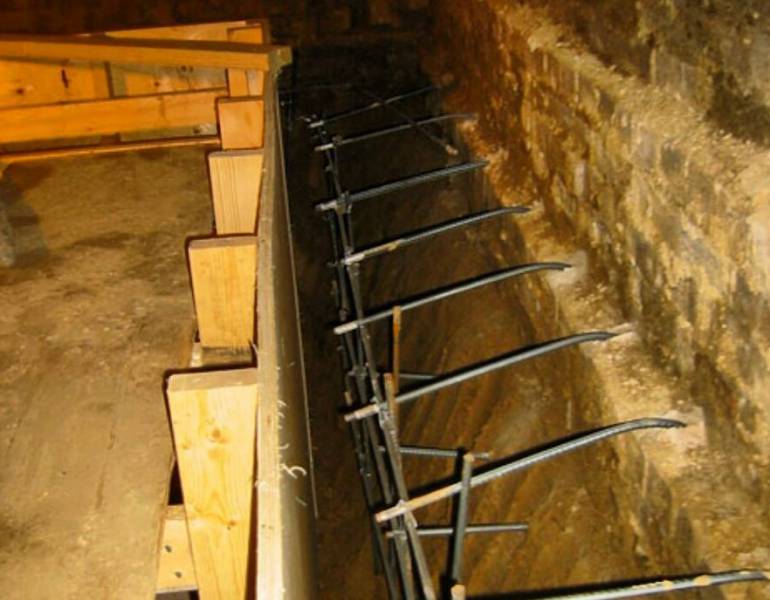Lowering your basement floor is a great way to provide your household with a little more headroom. Typically, foundations are built 8 feet deep, but after you install both the floors and the ceilings, space can evaporate quite quickly.
In addition to this, smaller spaces can make some individuals feel claustrophobic and a little uncomfortable. By simply dropping the basement floor, you’ll increase the overall comfortability of the room.
Another reason why many some homeowners want to lower their basement floor is so they can put up walls and make the area livable for either a renter or a family member.
Most communities have building codes that require every living space to have a minimum height of at least 7 feet. Some cities require 7 ½ or even more. This is when lowering a basement floor is necessary, but how do you go about dropping a basement floor? What is the cost to lower a basement floor?
How do you go about lowering a basement floor?
When it comes to dropping a basement floor, you can really go as low as you want, but the deeper you go, the harder it is to do. So, how do you go about accomplishing this?
The first step is to break up the concrete flooring. To do this, you’ll need a sledgehammer or a jackhammer. If you don’t have these tools, you can either purchase them at a hardware store or rent them from a business in your city.
After you break up the concrete and dispose of the pieces, you’ll need to dig through the gravel until you get to the dirt. From there, remove as much as you need until you get to your desired depth.
Always remember though that you should dig at least 8 to 10 inches deeper than where you want your finished floor to be. For example, if you want to lower your basement floor 6 inches, you’ll want to dig at least 14 to 16 inches.
Once you have dug as deep as you need, you’re then going to lay down about 5 inches of gravel. Make sure you spread it out and make the surface even.
From there, lay down about 3 to 4 inches of concrete. Your finished floor should end up being near the same height as the footing. This is the process for lowering a basement floor 6 to 12 inches.
Foundation Underpinning

Now, if you’re planning on lowering your floor several feet, you might have to incorporate a process called underpinning. What is underpinning? Underpinning consists of removing the footings located under the walls, removing the dirt under the footings, pouring new footings, and then filling in the gaps with concrete.
However, to keep from having the house sink, you need to do it in 4-foot sections. The best way to do this to do a 4-foot section, skip 4 feet, do another 4-foot section, skip 4-feet, and continue the process. After you’ve done this around the room, you’re going to build in the gaps, remove the other sections, and then build on those.
Underpinning is a very tricky job that requires engineering skills, so unless you have done it before, it best to call a professional company to complete the job. It’s also important to note that the most expensive aspect to underpinning is labor. Although underpinning can be expensive, most of the time it’s worth it.
Bench-Footing

Bench footing is another method of lowering your basement floor, and the best part? It’s much more economical than underpinning, and it’s a lot less work too. To start bench footing your basement, you’ll want to dig at a 45-degree angle under the existing wall fitting.
The thing that you’ll need to remember is, however deep you dig at a 45-degree angle, you’ll need to dig that same depth outward from the wall. So, if you dig a 5-foot deep angle under the wall fitting, you’ll have to dig 5-feet out from the wall too. After you have dug the trench, you’re going to pour the footing, build the walls, and fill them with concrete.
The thing that makes bench footing so effective is that you won’t remove any of the dirt that’s holding up your home. You don’t have to work about your home sinking, and as a result, you can do the complete project at once instead of doing it in sections.
This process will not only save you money; it’ll also save you time as well. Again, if you’ve never done this before, it’s best to call a professional to complete the job for you.
How much does it cost to lower a basement floor?
Typically, it costs anywhere from $350 to $450 to underpin each square linear foot. Once complete, the whole project can cost between $20,000 to $50,000. The quality of the design, the number of walls you put up, and the difficulty of the job will all have a major influence on the overall cost.
Now, if you bench foot a basement, the cost be a lot less, sometimes even thousands less. All in all, lowering your basement can be expensive, but there are also many benefits to it as well. It’s definitely worth the investment.
- Painting Over Powder Coat and What You Need to Know - February 1, 2022
- How to Get Rid of Humidity in a Basement Without a Dehumidifier - December 17, 2021
- How to Fix a Crack in Drywall That Keeps Coming Back - September 22, 2021
